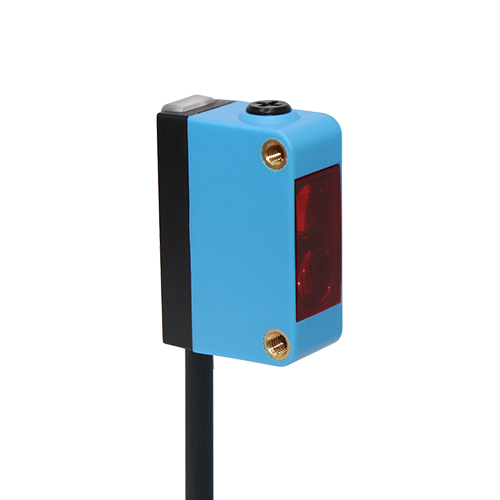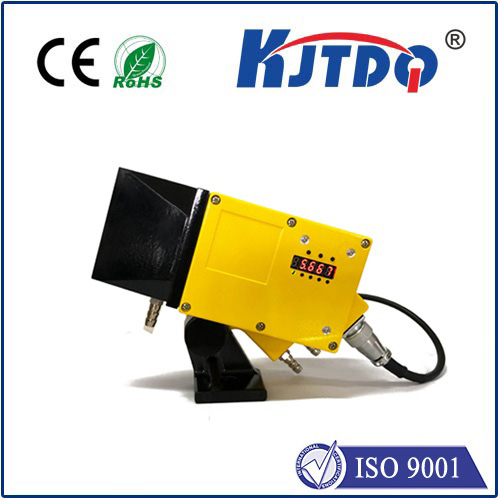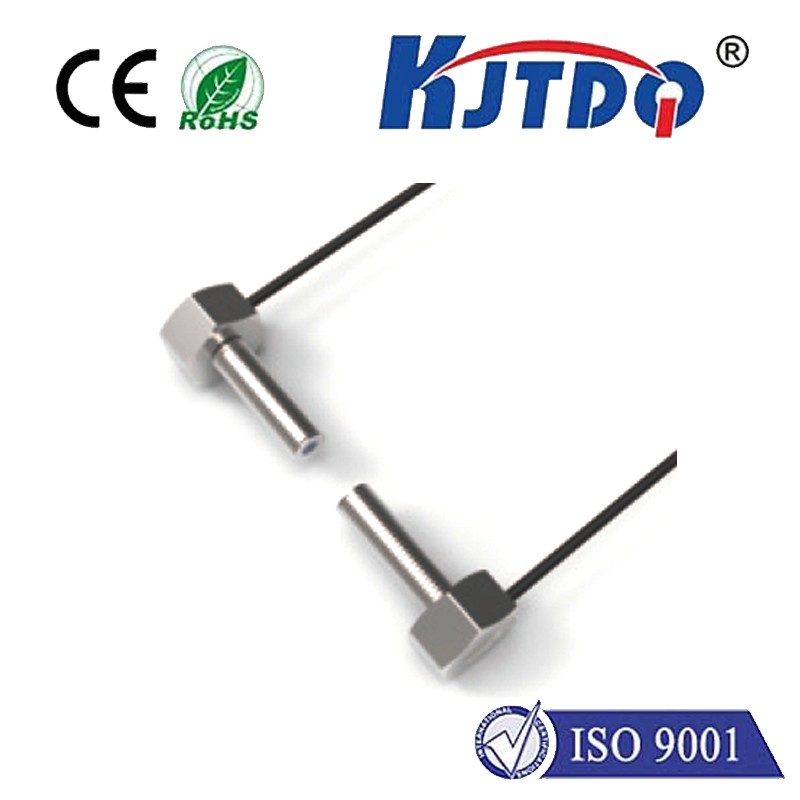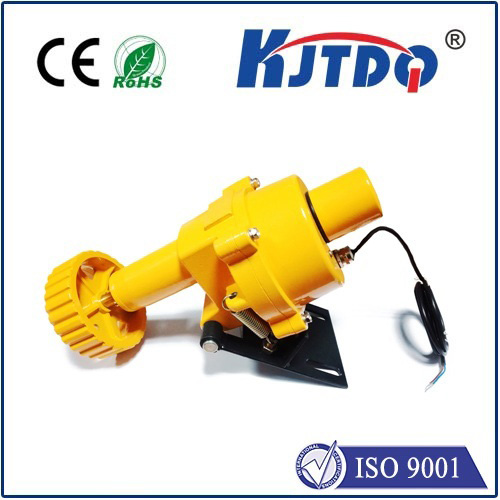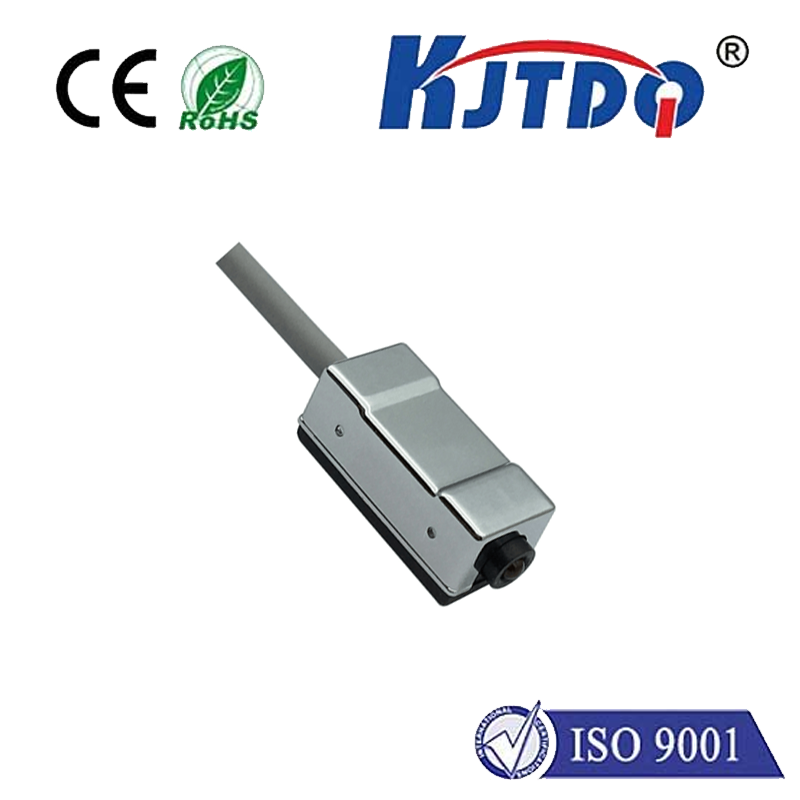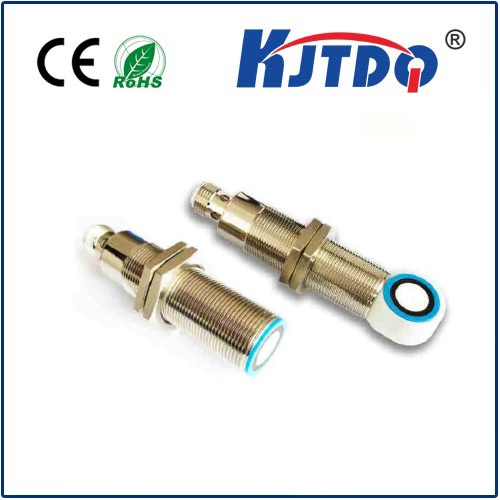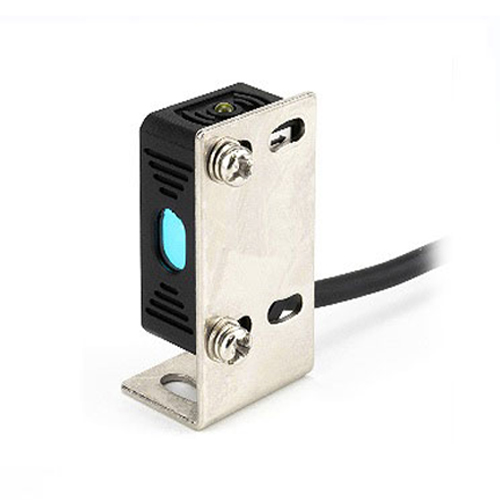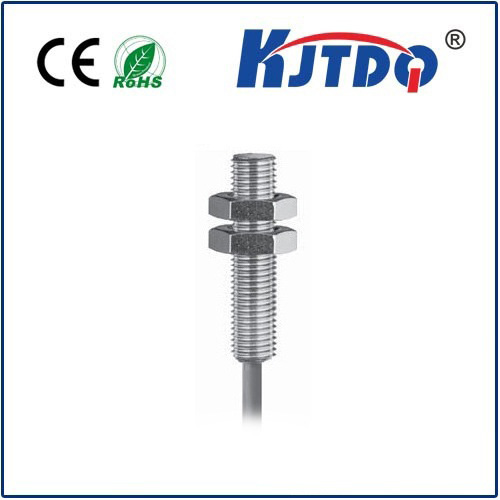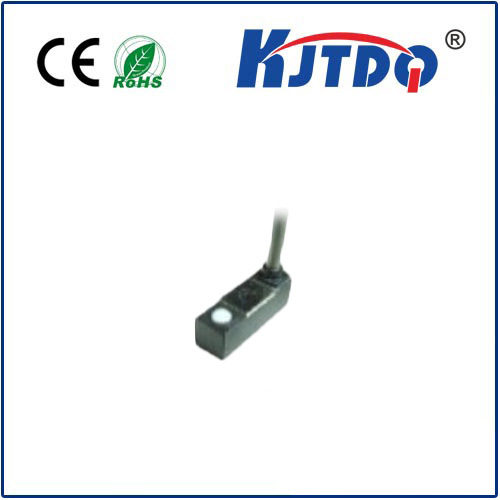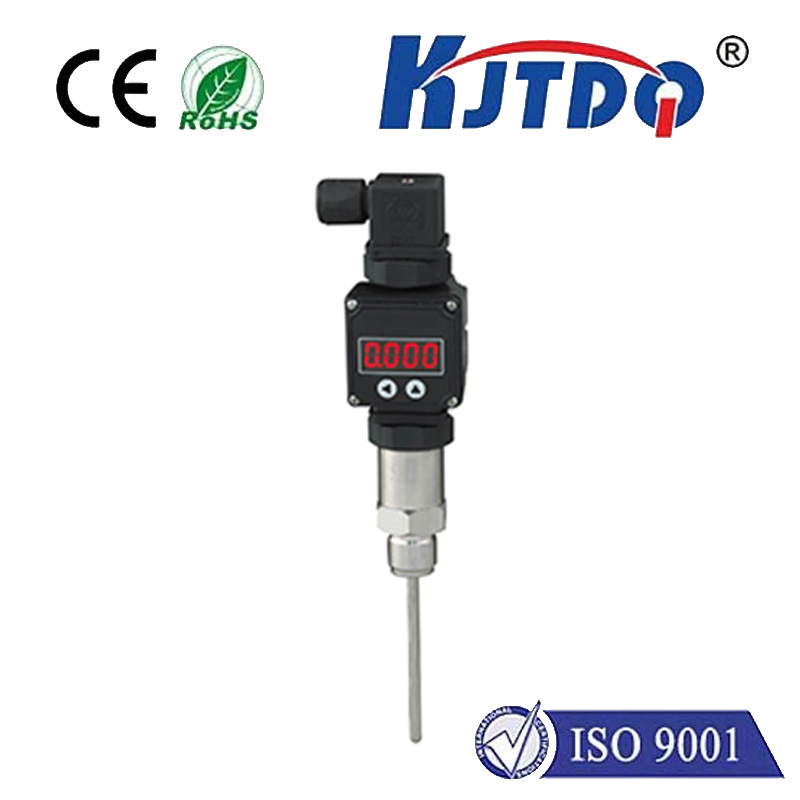

check

check

check

check
PZ-G51CN Photoelectric Sensor: Enhancing Automation and Safety in Modern Manufacturing
In today’s fast-paced manufacturing industry, automation and precision are key to achieving efficiency and safety. Among the various sensors used in industrial environments, the PZ-G51CN photoelectric sensor stands out as an essential component in modern automation systems. This sensor is designed to detect light and convert it into electrical signals, making it a reliable solution for a wide range of applications. Whether it’s monitoring product flow, ensuring quality control, or enhancing safety protocols, the PZ-G51CN photoelectric sensor plays a crucial role in optimizing operations.

The PZ-G51CN photoelectric sensor operates on the principle of light emission and detection, which allows it to distinguish between objects and non-objects with high accuracy. By emitting a light beam and detecting the absence of it, the sensor can trigger alarms or control mechanisms in real time. This feature makes it ideal for use in environments where quick responses are necessary, such as in conveyor systems, material handling, and automated inspection lines. Its ability to detect objects without physical contact ensures that it is not only reliable but also safe for use in high-speed or hazardous conditions.
One of the key advantages of the PZ-G51CN sensor is its robust design and durability. Constructed from high-quality materials, it is built to withstand the demanding conditions of industrial settings. This durability ensures that the sensor can operate continuously without frequent maintenance, reducing downtime and improving overall system efficiency. Additionally, the sensor is compatible with a variety of control systems, making it easy to integrate into existing automation frameworks. This flexibility allows manufacturers to tailor their systems to specific needs, enhancing both functionality and performance.
In addition to its operational efficiency, the PZ-G51CN sensor is also known for its high sensitivity and accuracy. It can detect even the smallest objects, making it suitable for precision applications such as sorting, inspection, and warehouse management. The sensor’s ability to work with different types of light sources, including visible and infrared, ensures that it can be used in a wide range of environments. Whether it’s detecting a plastic object or monitoring a metal component, the PZ-G51CN sensor provides consistent and reliable performance.
Another important feature of the PZ-G51CN sensor is its low power consumption and long lifespan. Unlike some other sensors that require frequent replacement or calibration, this model is designed to operate efficiently with minimal energy use. This not only reduces operational costs but also supports sustainable manufacturing practices. The sensor’s long operational life reduces the need for frequent replacements, further contributing to cost savings and environmental benefits.
In conclusion, the PZ-G51CN photoelectric sensor is a vital component in modern manufacturing and automation systems. Its advanced technology, durability, and versatility make it an excellent choice for industries seeking to improve efficiency, safety, and quality. As industrial automation continues to evolve, the PZ-G51CN sensor remains a reliable and innovative solution that helps drive progress in the field.
